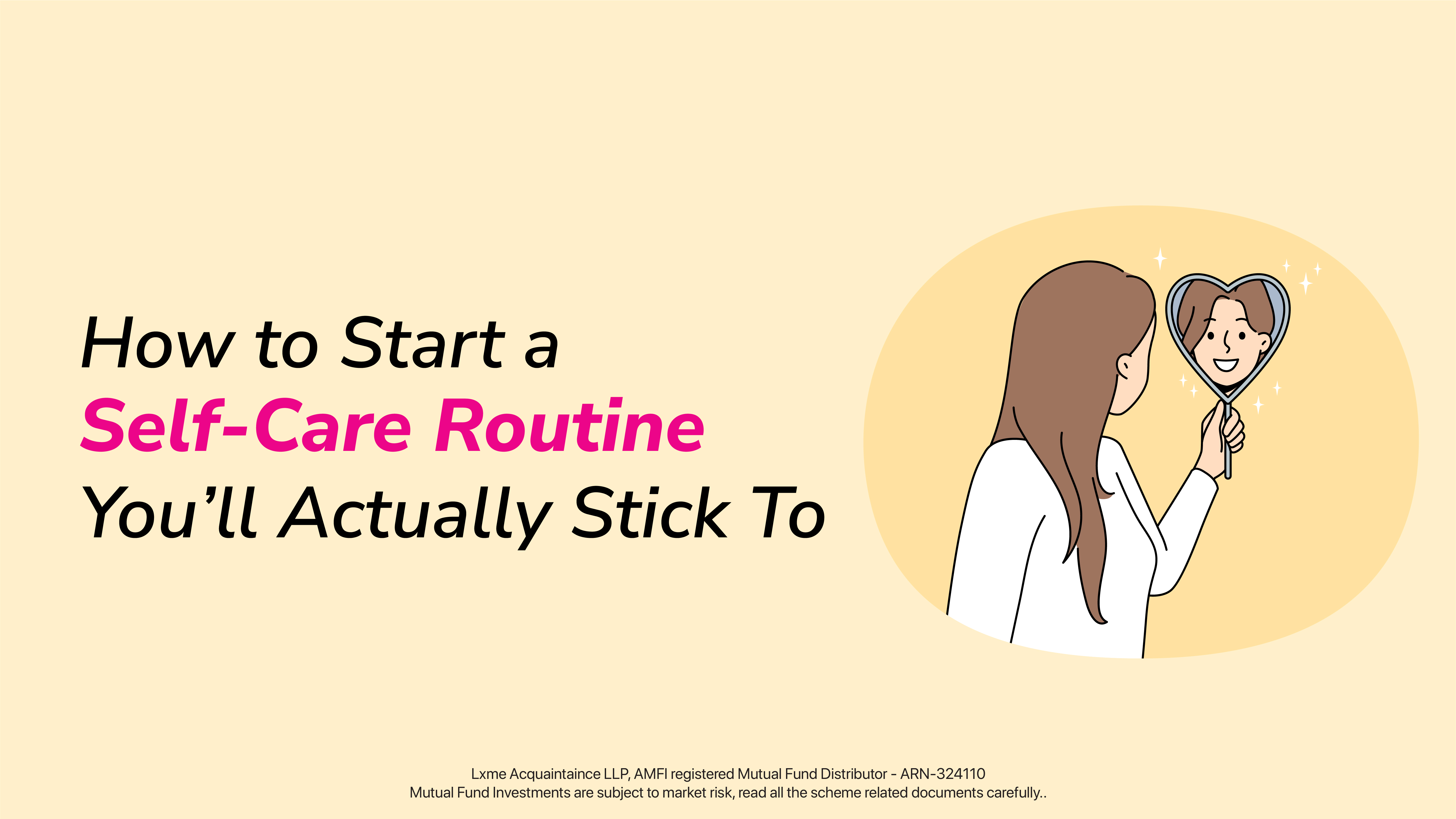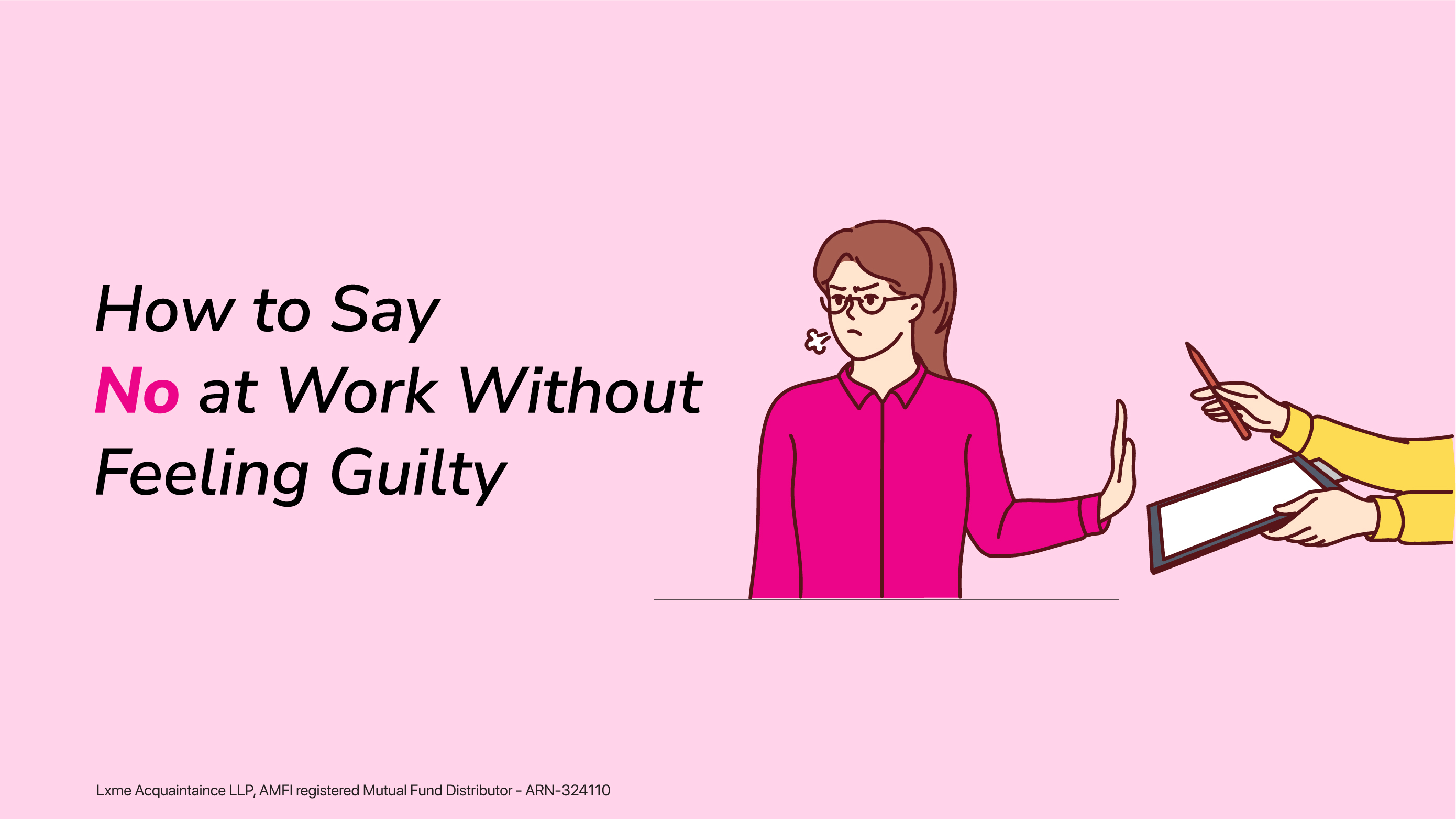It’s Wednesday. You’ve said yes to five extra tasks, skipped lunch, and postponed your own work again! You want to scream, “NO!” but instead, you politely smile.
It’s time to flip the script with a little thing called assertive communication. Saying ‘No’ at work can be overwhelming, but honestly, it is the need of the hour. With hustle culture on the rise, working tirelessly for endless hours has become a new normal.
Let’s explore how to say no professionally, guilt free and without the fear of judgment.
1. Understand That “No” is Not a Bad Word
Before you can actually master how to say no professionally, you need to shift your mindset. Saying no doesn’t mean you’re rude, lazy, or uncooperative, it means you’re human! You’re allowed to protect your time and energy.
Setting workplace boundaries is a form of self-respect. If you’re always available, your own priorities take a backseat. Remember, every “yes” to something unimportant is a “no” to something important.
2. Start Saying Yes to Yourself
Learning how to say no at work is really about saying YES to YOUR time, energy, and goals. One powerful way to do that is to take control of your money. Having financial independence makes it easier to set workplace boundaries confidently.
Check out Lxme’s goal-based mutual fund portfolios. You can begin investing with as little as ₹100. It’s a step toward freedom that future-you will thank you for when you learn finance for beginners.
3. Use the “Sandwich” Technique
One of the easiest assertive communication tips is the classic compliment–decline–support format.
Example:
“Thanks for thinking of me for this project and it sounds interesting. But I’m currently tied up with X and wouldn’t be able to give this the attention it deserves. Happy to help later or suggest someone else who might be free.”
This way, you’re saying no professionally, without sounding dismissive or unhelpful.
4. Set Clear Priorities
When you’re clear on your workload, it’s easier to communicate your limits. Make a habit of reviewing your weekly tasks so you’re always aware of your capacity.
When someone asks for help, you can respond with:
“I’d love to help, but I’m already committed to a few deadlines. Can we revisit this next week?”
This approach shows accountability and supports your goal to avoid guilt when saying no.
5. Blame the Calendar, Not Yourself
If you find direct refusal hard, try redirecting the blame. Let your calendar or your to-do list be the bad guy.
Example:
“I checked my schedule, and unfortunately, I don’t have the bandwidth this week.”
This is a great way to practise how to say no at work without sounding personal or negative.
6. Don’t Apologise for Your Boundaries
Ever caught yourself saying: “I’m really sorry, but I can’t”? You don’t need to be sorry for having limits.
Swap the apology with appreciation:
“Thanks for understanding!”
Confidence is key when learning how to say no professionally.
You can also become your own boss by starting your own business. The 1st step towards that would be to become confident with money. You can learn all about personal finance for women with Lxme, India’s first financial platform for women.
7. Offer Alternatives (If You Want To)
Saying no professionally doesn’t mean closing the door completely. If you’re interested in helping but can’t do it now, offer an alternative.
Try:
“I can’t join the client call today, but I’d be happy to review the notes afterward.”
This way, you’re setting workplace boundaries while still being a team player.
8. Practice Saying No in Low-Stakes Situations
The next time someone asks, “Want to stay late just in case something comes up?” try a gentle no. These small moments are perfect practice for bigger asks.
The more you flex your refusal muscle, the more natural it becomes. Learning how to say no in the workplace takes time, but it’s worth it.
9. Normalize Boundaries in Work Culture
The more we talk openly about workplace boundaries, the more accepted they become. If you’re in a leadership or mentoring position, encourage healthy work habits in your team too.
When women see other women confidently saying no professionally, it becomes easier for everyone to do the same. You can also connect with like-minded women and discuss everything money with Lxme’s Community.
10. Check in With Yourself
Lastly, do a weekly “boundary audit.” Did you agree to something you didn’t want to? Did guilt sneak in? Reflect, learn, and reset. Remember, how to say no at work is a skill, not a personality trait.
The goal is to protect your time, energy, and peace, not to please everyone around you.
Conclusion
So, how important is it to know how to say no in the workplace? In one word—VERY! Saying no isn’t about being unhelpful, it’s about being intentional. It’s time to let go of the guilt and embrace assertive communication tips that protect your well-being.
By practising how to say no professionally, setting strong workplace boundaries, and choosing your ‘Yes’ wisely, you’re not just avoiding burnout, you’re making space for meaningful, productive work. So the next time you’re tempted to say yes out of guilt, take a deep breath and try a polite, confident “No.” You’ve got this!
You can join Lxme’s female finance forum to discuss all things money with like-minded women.
FAQs:
How can I decline extra tasks without affecting relationships?
It’s all about the how. Be honest and kind. Instead of a flat-out “no,” try:
“I’d love to help, but I’m currently at full capacity. Can we look at this together later or reassign it?” Showing respect for the request while standing your ground keeps the relationship and your workload healthy.
What phrases can help say “no” diplomatically at work?
Here are a few go-to lines that sound polite but firm:
“I’m currently focused on X, so I won’t be able to take this up right now.”
“Can we revisit this later when I have more bandwidth?”
“I’d like to do this well, but I don’t want to compromise on my current priorities.”
These are great examples of how to say no professionally without burning bridges.
How do I set boundaries in a high-pressure office culture?
Start by getting clear on your limits. Then, communicate them early and consistently.
Example: “I log off by 6:30 every day to recharge and be more productive the next morning.”
It’s hard at first, but sticking to these workplace boundaries builds respect and prevents burnout.
Further read:












